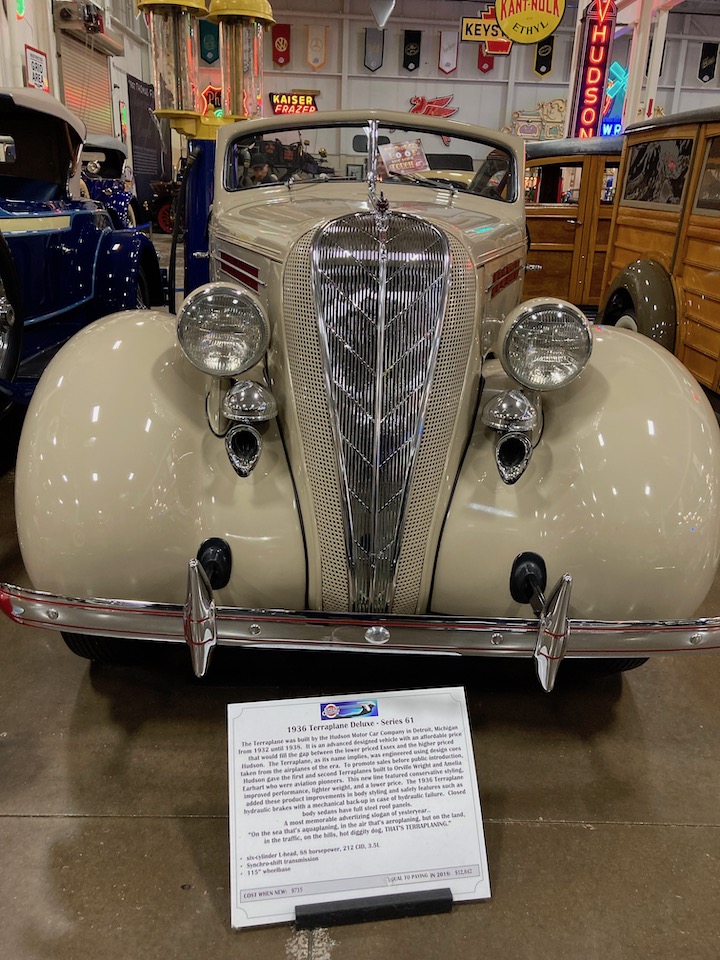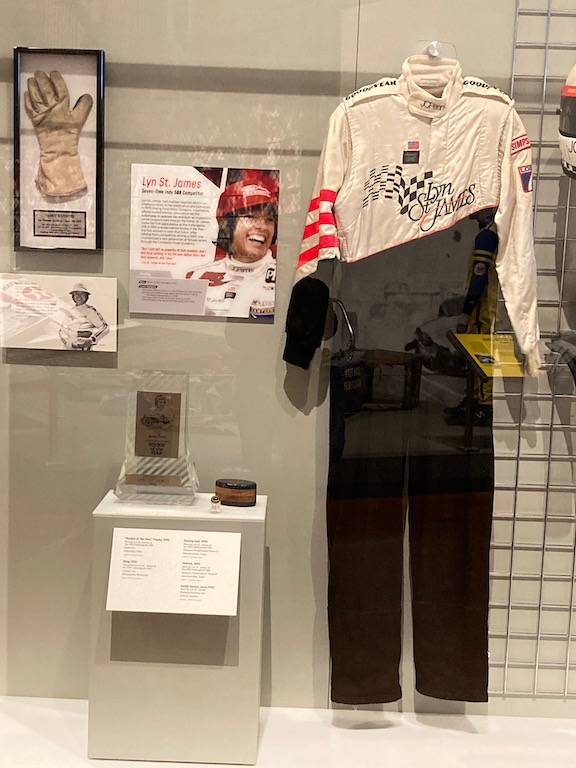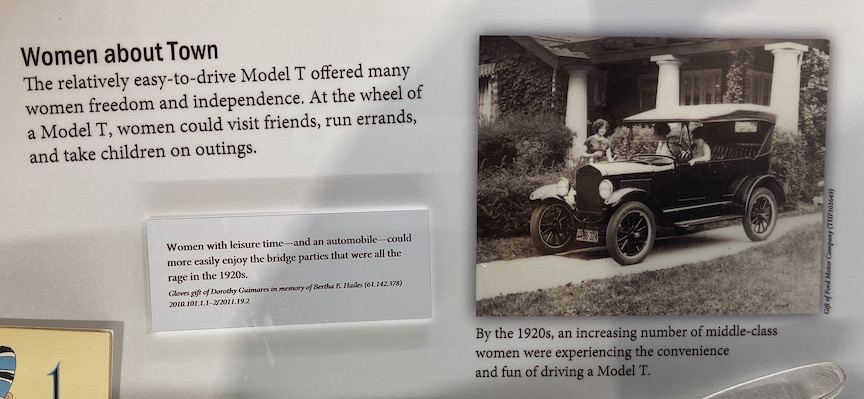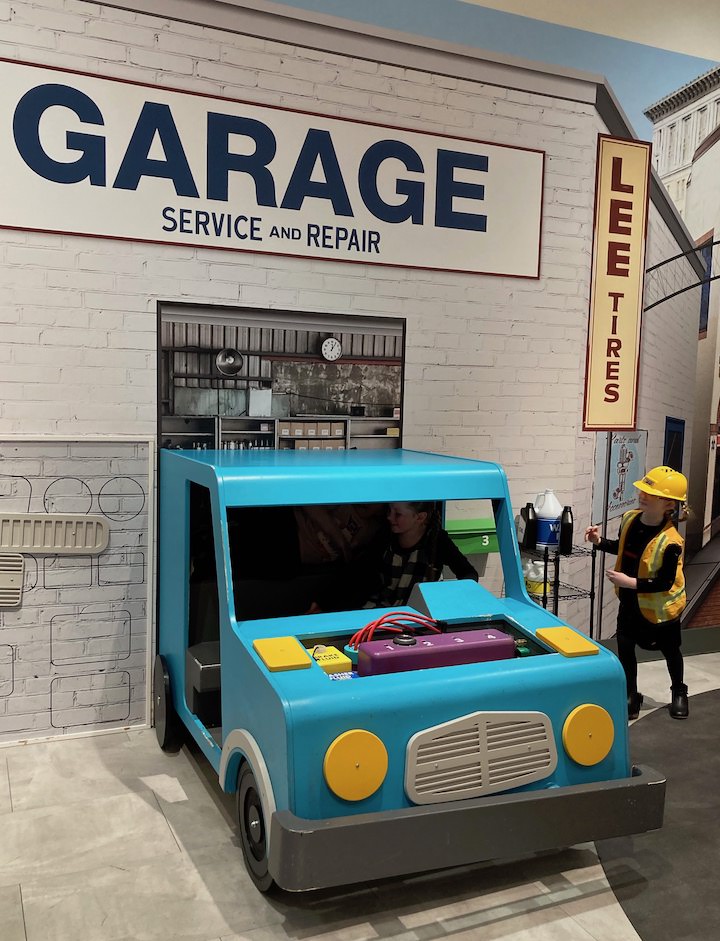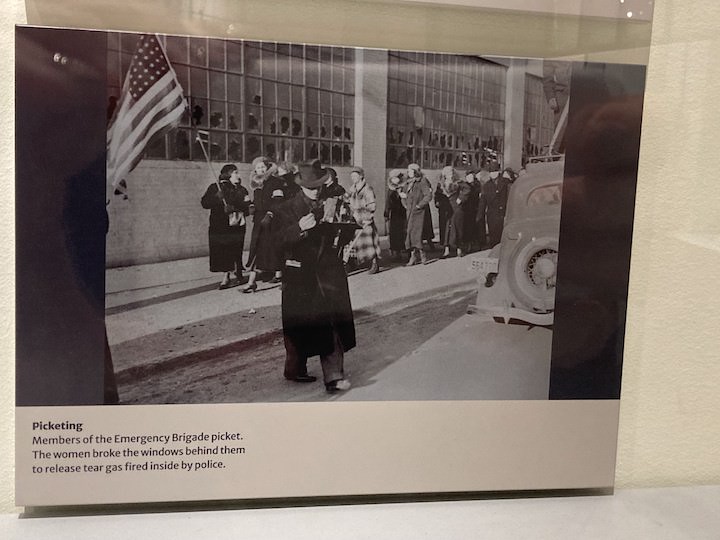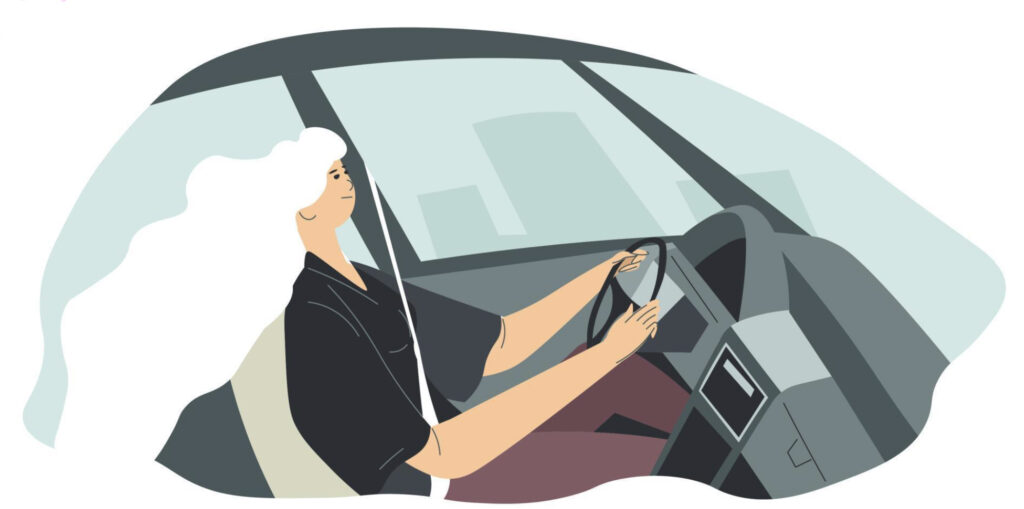
Numerous studies on automotive preference have determined that more so than men, women put a priority on safety when choosing and operating a vehicle. Although the female driver enjoys performance, handling, and design as much as her male counterpart, the cultural expectation that women are ultimately responsible for children’s well being requires that women consider safety first in automotive choice. This focus on women as safety-conscious in automobile purchase and use has existed since the early auto age and has continued until the present time. Women were, in fact, responsible for many of the current safety features all drivers take for granted. Female engineers and designers invented or contributed to the development of turn signals, brake lights, windshield wipers, rearview mirrors, instruction manuals, and GPS. In turn, female automotive consumers prioritize safety features such as airbags, anti-lock brakes, and stability control. In a study of masculine and feminine automotive behaviors, Smart et al note that as drivers, women reported using turn signals, seat belts, and driving lights more frequently than men. As caretakers, the authors suggest, “women might be more concerned about the safety of themselves and their passengers than their male counterparts.” Women’s determined concern for safety – as inventors and consumers – has not only made them more responsible drivers than men, but has also pressured auto makers to incorporate safety features in automotive engineering and design.

Yet although women’s influence has ultimately resulted in safer vehicles, the primary benefactors of these improvements are male drivers. As an IIHS [Insurance Institute for Highway Safety] study concludes, even though crashes involving men are more severe – due to behaviors including speeding, alcohol-impairment, and drowsy driving – women are more often critically injured or killed in crashes of equal severity. As late as 2019, crash test dummies were modeled on a male body; the female crash test dummy did not exist. As Consumer Reports asserts, “that absence has set the course for four decades’ worth of car safety design, with deadly consequences” (Barry). Although the majority [71%] of crash deaths in 2017 were male, females are at greater risk of death or injury when a crash occurs. As CR reports, it is well understood in the industry that male and female bodies perform differently in crashes; however, “the vast majority of automotive safety policy and research is still designed to address the body of the so-called 50th percentile male—currently represented in crash tests by a 171- pound, 5-foot-9-inch dummy that was first standardized in the 1970s” (Barry). Although regulators requested a female dummy in the 1980s, it wasn’t until 2003 that NHTSA developed one for crash test use. However, rather than reflect the physical differences between male and female bodies, the ‘improved’ dummy was just a scaled-down version of the male model. As Consumer Reports notes, although advances in automotive safety have helped all vehicle occupants survive crashes, “decades of damning crash statistics and pleas from safety advocates have not been enough to change the rules to make vehicles safer for women” (Barry). In 2022, a group of researchers at the Swedish National Road and Transport Research Institute introduced a new female crash test dummy – the first to represent the average women since car crash tests were instituted over a half century ago.

This lack of attention to female bodies by auto manufacturers became tragically evident with the introduction of airbags. In the late 1990s, once the installation of airbags became compulsory, women and children were dying in low-impact collisions that shouldn’t have been fatal. As Eve Epker of Forbes notes, “the culprits were the airbags, which aimed to keep a male in the 50th percentile of height and weight in his seat – and didn’t adjust their force for a woman or a child.” Consequently, rather than keeping women and children safe, the airbags were actually leading to an increased number of fatalities in the non-adult male population. What these two examples demonstrate is that despite society’s emphasis on the importance of women as family caretakers, the auto industry continues to produce auto safety innovations that “benefit men and men only” (Epker).

Women are not only less safe when involved in crashes, but a recent report in the New York Times reveals that women endeavoring to escape an abusive partner are often stalked and terrorized through the use of apps that remotely track and control cars. As author Kashmir Hill notes, “modern cars have been called ‘smartphones’ with wheels because they are internet-connected and have myriad methods of date collection.” Former partners with automotive access [and violent histories] can not only track the female driver but can control the vehicle’s functions. Abusers have been known to follow, stalk, and surprise their victims. Heaters and air conditioners are also remotely turned on to make the victim uncomfortable and feel as though she has lost control. Writes Hill, “domestic violence experts say that these convenience features are being weaponized in abusive relationships, and that car makers have not been willing to assist victims.” Auto manufacturers have denied responsibility for harassment and have evaded taking any kind of action, citing joint phone, car ownership, or insurance policies as impenetrable barriers. Judges have dismissed auto companies from lawsuits, often questioning the victim’s reliability. As one such official incredulously remarked, “it would be ‘onerous’ to expect car manufacturers to determine which claims of app abuse were legitimate” qtr. in Hill).
Women possess over 50% of driver’s licenses in the United States and influence nearly 85% of automobile purchases. Yet throughout automotive history, a concern for women’s safety and autonomy has been a distant second to that of the man behind the wheel. One can only hope that with the rise of women in the ranks of automotive decision makers, women’s interests and influence will be considered seriously and action will be taken to keep women out of danger when in the ‘safe haven’ of the automobile.
Barry, Keith. “The Crash Test Bias: How Male-Focused Testing Puts Female Drivers at Risk.” consumerreports.org 23 Oct 2019.
Carlier, Martha. “Number of U.S. Licensed Drivers by Gender” statista.com 14 Mar 2023.
Covington, Taylor. “Men are more confident drivers, but data shows women are safer.” thezebra.com 20 Dec 2022.
Esker, Eve. “Fasten Your Seatbelts: A Representative Female Crash Dummy is Here.” forbes.com 12 Sep 2023.
Hill, Kashmir. “Your Car is Tracking You. Abusive Partners May Be, Too.” nytimes.com 31 Dec 2023.
Irmantus, B. “The Psychology Behind How Women Choose Cars.” globalmotormedia.com 7 June 2023.
McElroy, Nicole Gull. “Women Buy More Cars. So Why Are the Designs So Macho?” wired.com 6 Dec 2023.
Smart, Birgit, Amanda Campbell, Barlow Soper, and Walter Buboltz, Jr. 2007. “Masculinity/Femininity and Automotive Behaviors: Emerging Knowledge for Entrepreneurs.” Journal of Business and Public Affairs 1 (2): (n.p.).
Wood, Johnny. “Can the World’s First Female Crash Test Dummy Make Driving Safer for Women?” weforum.org 7 Dec 2022.












